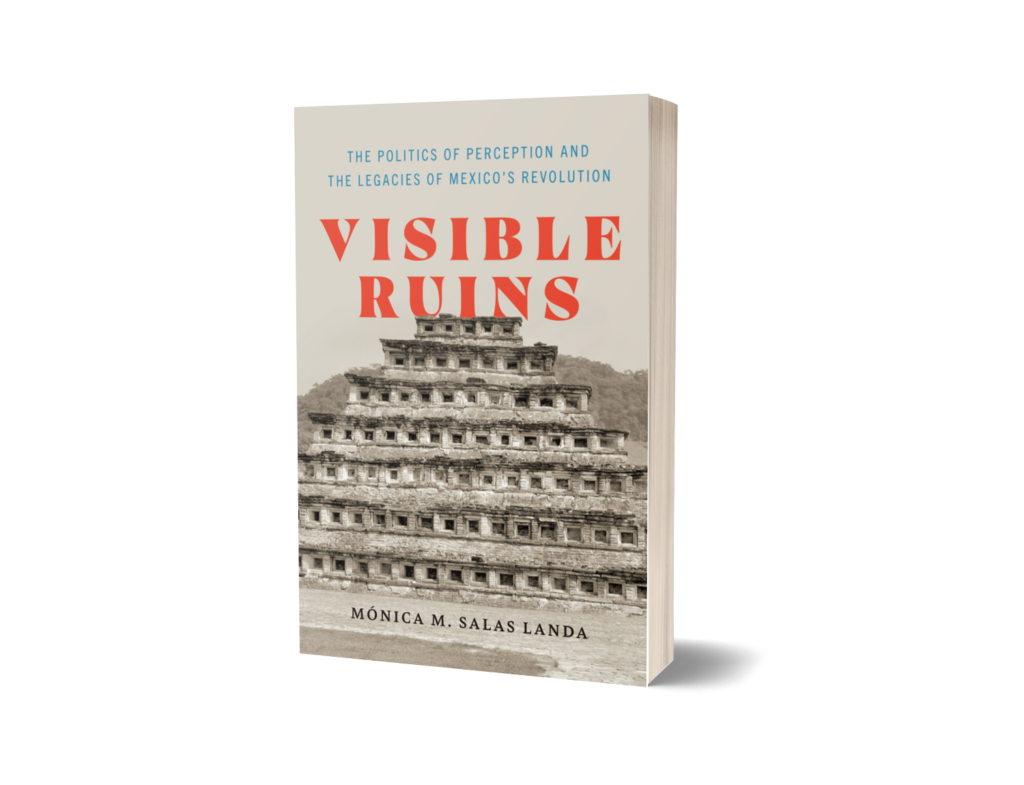
In this historical ethnography of the lowlands of northern Veracruz, I examine what I call the “aesthetic dimension of governance” by examining how the implementation of the so-called “project of the Revolution,”through policies like agrarian reform, economic nationalism, and indigenismo, fundamentally altered what was and is possible to see in the region.
I try to show how what is visible and what is not are the result of distinct political operations that are often carried out jointly and simultaneously to promote and hinder state control in various spaces. In doing so, visibility, rather than an immutable condition or a fixed “state effect,” is presented as the result of practice, and therefore as something vulnerable and contingent. Attending, then, to the politics of perception—that is, to the configuration and reconfiguration of governing modes of visibility—can help us uncover how unequal aesthetic orders are established, are disrupted, and also, as this book will make clear, persist, even after the governing regimes that institute them succumb.
To order my book, click here. You can also order through Amazon.

Praise
This book is a fascinating and wide-ranging study of state projects in post-revolutionary Mexico. Salas Landa takes us to the lowlands of northern Veracruz to reveal how the Mexican government’s practices left behind legacies of violence against humans and the environment. Theoretically sophisticated, eloquent, and well-researched, her book is a model for conceptualizing the process of state-making both within Mexico and beyond. ~Christina Bueno, Northeastern Illinois University, author of The Pursuit of Ruins: Archaeology, History, and the Making of Modern Mexico
Visible Ruins is an engaging and important contribution to the understanding of the visual orders of post-revolutionary Mexico. Through a rich montage that weaves together pre-Hispanic ruins, oil infrastructures, land regimes, environmental ruination, photographs, murals, and violence, Mónica Salas Landa demonstrates how political regimes are produced and challenged through practices of visibility and invisibility. She shows that the tension between what is made visible and what is concealed by an aesthetics of neoliberal-state governance creates landscapes regularly disrupted by that which cannot be fully hidden. ~Gastón R. Gordillo, University of British Columbia, author of Rubble: The Afterlife of Destruction
Audio